Miller in Neagoe's 'Americans Abroad'
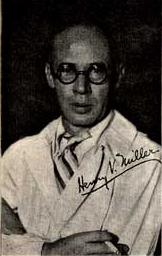 In 1932, Peter Neagoe published a biographical anthology--a Who's Who--of American expatriots, called Americans Abroad. The University of South Carolina has scanned the page on which Henry Miller appears [the photograph from the listings is at left]. Henry wrote the description himself:
In 1932, Peter Neagoe published a biographical anthology--a Who's Who--of American expatriots, called Americans Abroad. The University of South Carolina has scanned the page on which Henry Miller appears [the photograph from the listings is at left]. Henry wrote the description himself:" BIOGRAPHY - Born in N. Y. City, 1891. No schooling. Was tailor, personnel director in large corporation, ranch-man in California, newspaperman, hobo and wanderer. Was a 6-day bike racer, a concert pianist, and in my spare time I practice saint-hood. Came to Paris to study vice.
"BIBLIOGRAPHY - Written three books, none of which accepted thus far. Also about a hundred short stories, some of which appeared in various American magazines. Last book, a novel, will be published anonymously."
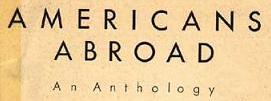 PETER NEAGOE AND HENRY MILLER
PETER NEAGOE AND HENRY MILLERPeter Neagoe was born in Romania in 1881. Later, as a writer in Paris, he fell in with the dadaists and surrealists. In 1931, Neagoe was an assistant editor on The New Review. Neagoe offered to publish Perles and Miller's The New Instinctivism in the summer 1931 issue of that magazine, but when head editor Samuel Putnam returned from being away, he rejected the idea.
At the time of publication of American Abroad in 1932, Neagoe's book Storm was banned in the U.S. In A Literate Passion, references are made to Naegoe. Miller had sent him a critique of Storm, and sent a copy of this letter to Anais Nin. Nin replied: "Your letter to Neagoe is not due to any tumulte, but to your everlasting mania for hanging yourself. It was a useless letter. Criticism is good when you apply it to someone who carries a seed of talent. Applied to Neagoe it only means the loss of a man who wished you good. When you say you believe in his next book you know you don't mean it. Storm cannot lead to anything else that you would prize reading." OUCH.
Neagoe appears to have maintained friendships with the people he included in Americans Abroad. In 1934, before Miller was notified about a vacant apartment at 18 Villa Seurat, he had plans to move into Neagoe's studio on rue Douanier.
Neagoe seems to have used his Roumanian heritage as subject matter on numerous occasions. See for yourself on this Neagoe page at Abe Books. The Smithsonian keeps a collection of papers relating to Anna Neagoe, his wife (a painter) and Peter Neagoe, including a copy of his diary.
Naegoe died in New York on October 26, 1960.





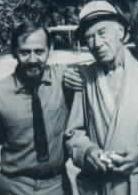
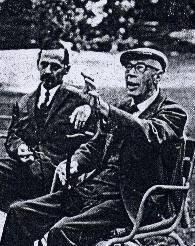
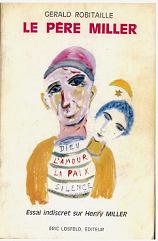





 In the Spring of 1935, Miller reported to
In the Spring of 1935, Miller reported to 

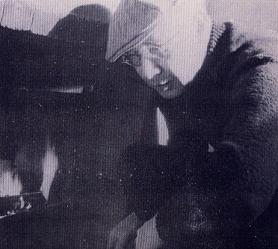

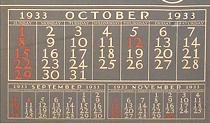
 From this picture, we can see a few things that made writing a bit easier for Henry Miller. Desk facing a window. Radio. Telephone within easy reach. Quotes on the wall (it's hard to make out, but there are words high on the wall). A mirror sits right next to him, for literal self-reflection.
From this picture, we can see a few things that made writing a bit easier for Henry Miller. Desk facing a window. Radio. Telephone within easy reach. Quotes on the wall (it's hard to make out, but there are words high on the wall). A mirror sits right next to him, for literal self-reflection.

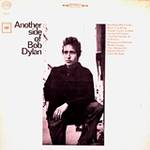
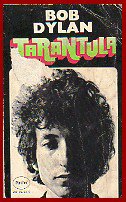
 For Xmas, my brother kindly gave me a French first edition of Miller's
For Xmas, my brother kindly gave me a French first edition of Miller's 

